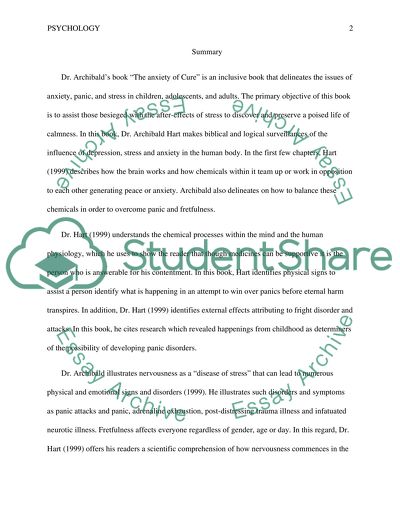Cite this document
(“Critique On the The Anxiety Cure by Dr. Archibald D. Hart Research Paper”, n.d.)
Retrieved from https://studentshare.org/psychology/1476462-critique-on-the-the-anxiety-cure-by-dr-archibald-d
Retrieved from https://studentshare.org/psychology/1476462-critique-on-the-the-anxiety-cure-by-dr-archibald-d
(Critique On the The Anxiety Cure by Dr. Archibald D. Hart Research Paper)
https://studentshare.org/psychology/1476462-critique-on-the-the-anxiety-cure-by-dr-archibald-d.
https://studentshare.org/psychology/1476462-critique-on-the-the-anxiety-cure-by-dr-archibald-d.
“Critique On the The Anxiety Cure by Dr. Archibald D. Hart Research Paper”, n.d. https://studentshare.org/psychology/1476462-critique-on-the-the-anxiety-cure-by-dr-archibald-d.


